Coyotes may be an incredible part of nature, but finding one in your yard can feel unnerving—especially if you have pets or small children. These clever, adaptive predators have become more common in suburban and urban spaces, so knowing how to handle a close encounter is crucial. The key is to act calmly, assertively, and with safety in mind. Here are 12 steps to protect your home, your loved ones, and the coyote while managing their visit.
1. Grab Your Pets and Bring Them Inside
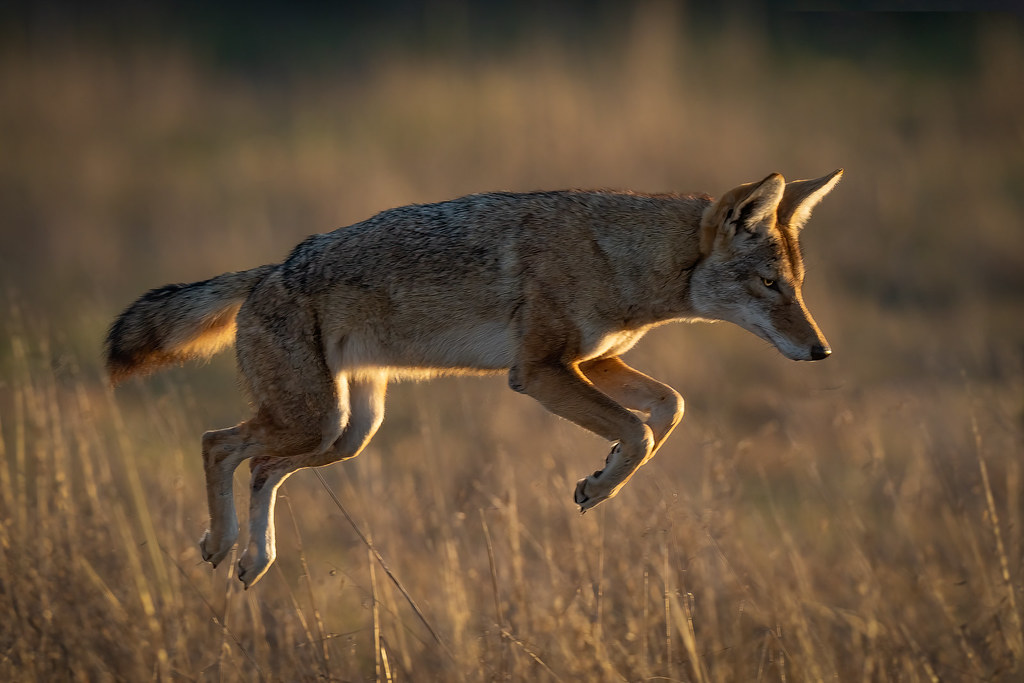
Flickr
The first step when spotting a coyote in your yard is ensuring your pets are safe. Coyotes can see small dogs or cats as potential prey and may approach them out of curiosity or hunger. Speak firmly to call your dog and calmly escort them indoors. If your pet is too close to the coyote, move cautiously but purposefully to get them away without alarming either animal. Once your pets are inside, you’ll have peace of mind to handle the situation outdoors. It’s always best to supervise pets when coyotes are common in your area.
2. Make Yourself Big and Loud
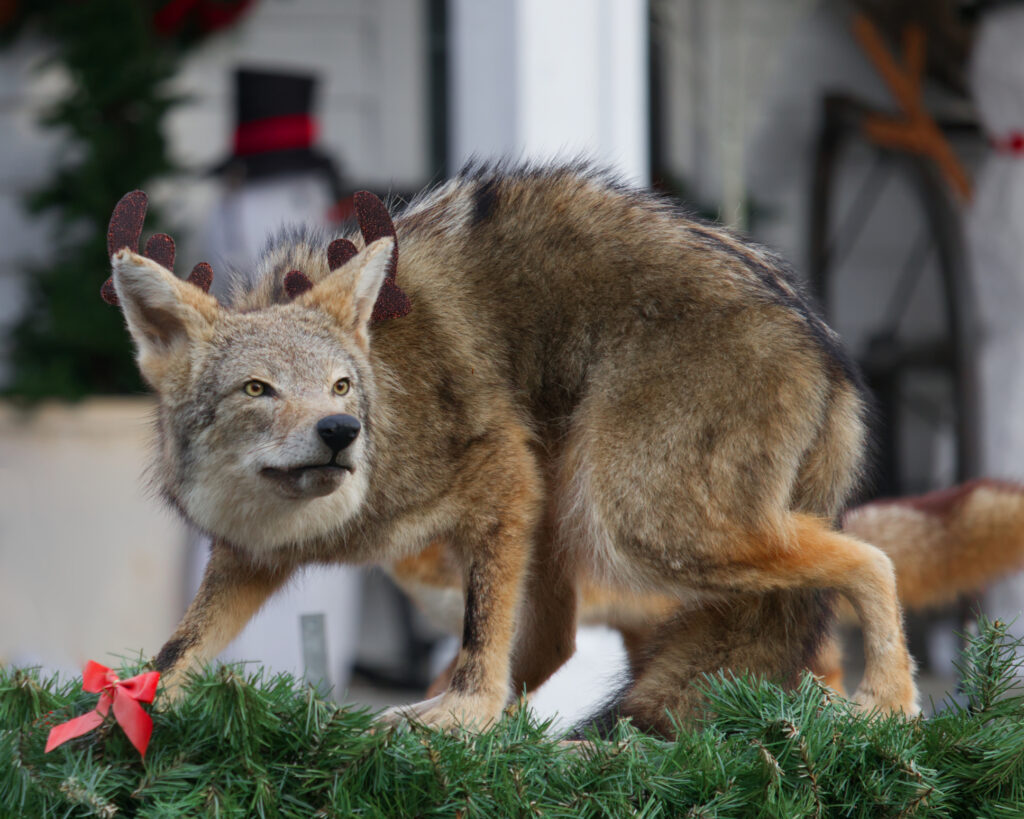
iStock/Cheryl Paz
Coyotes are naturally cautious around humans, so appearing large and loud can make them reconsider lingering. Stand tall, wave your arms, and use a deep, assertive voice to shout at the animal. Adding noise-making tools like banging pots or shaking a metal canister filled with coins can reinforce your authority. Avoid running or turning your back, as it might trigger a chase response in the coyote. Keep your movements deliberate and confident, and most coyotes will decide to move on. They’re smart enough to recognize humans as something to avoid when confronted directly.
3. Keep Eye Contact
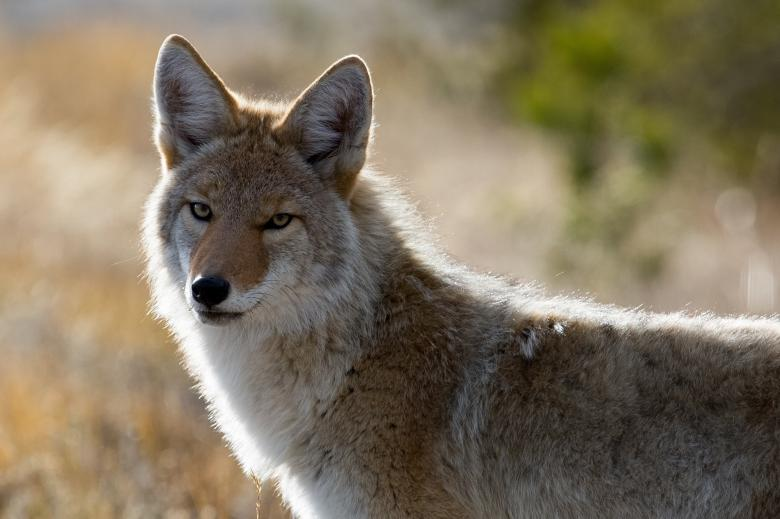
Stockvault
Holding eye contact with a coyote can be surprisingly effective. Coyotes interpret sustained staring as a sign of dominance, which may make them back off. As you keep your eyes on the animal, avoid sudden or aggressive gestures, which could escalate tension. Maintaining a steady, assertive posture lets the coyote know you’re not an easy target. It’s important to stay composed, as fear or erratic movements can embolden the animal. This straightforward technique works because coyotes are instinctively wary of direct human confrontation.
4. Use a Deterrent
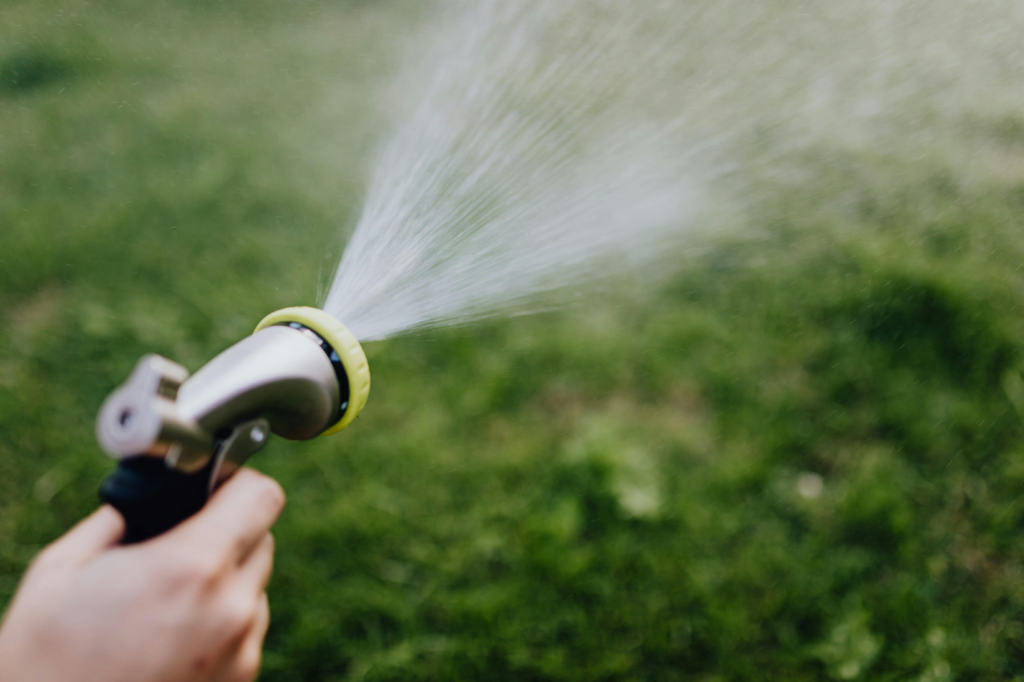
Pexels
Coyotes dislike surprises, so simple deterrents can work wonders. A garden hose, for example, can send a strong message with a harmless spray of water. Air horns, whistles, or even shaking a can full of coins can also spook them. If the coyote lingers, you can toss small, non-lethal items like tennis balls or sticks near them—not at them—to encourage movement. Deterrents are especially helpful if coyotes frequently visit your area. By consistently making your yard uncomfortable for them, you’re teaching them to stay away without causing harm.
5. Check for Attractants

Pexels
Coyotes are opportunists and will come back if your yard offers easy meals. Common attractants include pet food left outdoors, overflowing garbage bins, birdseed, and fallen fruit from trees. Take a moment to clean up and secure anything that might tempt a coyote. For garbage, use wildlife-proof bins with tight lids and avoid leaving trash bags outside overnight. Removing food sources is one of the most effective ways to keep coyotes away for good, as they’ll quickly lose interest in areas that don’t offer rewards.
6. Don’t Let Them Get Comfortable
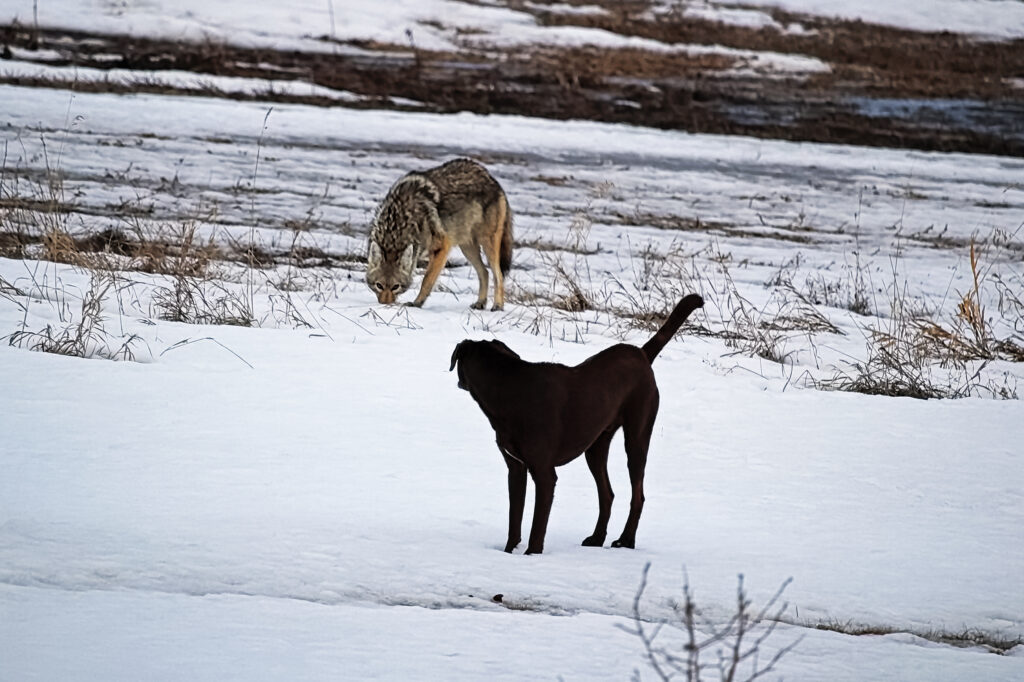
iStock/Akchamczuk
If a coyote doesn’t leave your yard after the initial scare tactics, you’ll need to keep hazing them. Hazing involves consistent actions like making noise, clapping, or shouting to ensure the coyote knows it’s not welcome. You can also wave a broom or use a flashlight to further discourage their presence. Coyotes are smart and learn quickly, so repeated efforts can teach them to avoid your property entirely. The goal isn’t to harm or stress the animal unnecessarily but to ensure they understand your space is off-limits.
7. Secure Your Yard
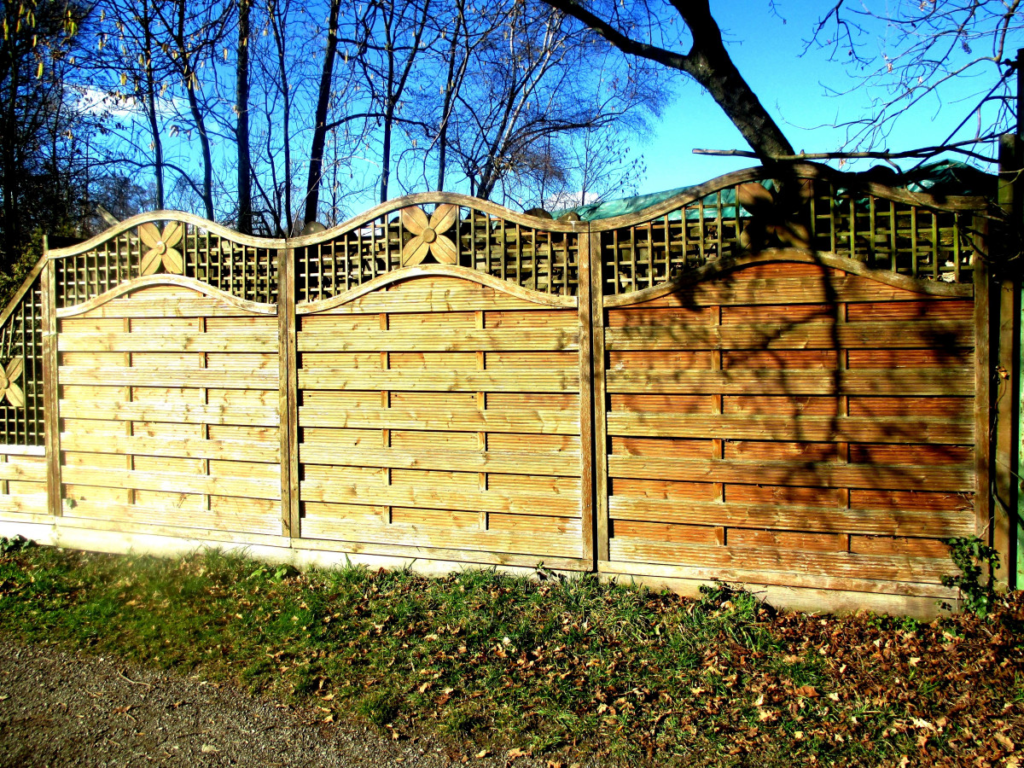
PxHere
Coyotes are excellent climbers and diggers, which means standard fences might not always keep them out. If coyotes are a recurring problem, consider coyote rollers—spinning attachments for the tops of fences—or increasing your fence height to at least six feet. Check for gaps, loose boards, or holes that coyotes could squeeze through or dig under. Motion-activated lights or sprinklers can also deter nocturnal visits. A secure yard not only protects your pets and family but also prevents coyotes from associating your property with safety or food.
8. Educate Your Neighbors

Pexels
Coyote management is most effective when it’s a community effort. Share information with your neighbors about securing garbage, supervising pets, and using deterrents. A united front helps reduce food sources and discourages coyotes from sticking around. Consider hosting neighborhood meetings or distributing flyers about coexisting with wildlife. A proactive community can create a safer environment for everyone—humans, pets, and coyotes alike. Education and collective action are powerful tools for minimizing conflicts with these adaptable animals.
9. Protect Livestock
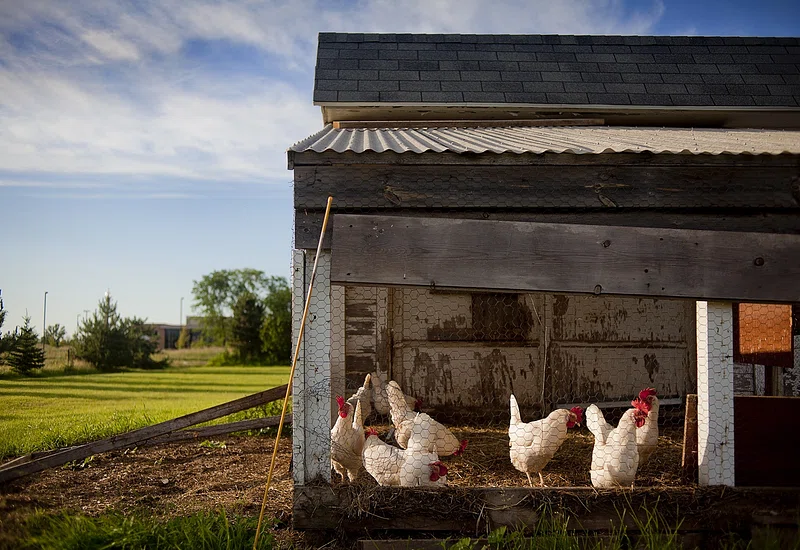
Rawpixel
Small livestock like chickens, rabbits, or goats are easy targets for hungry coyotes. Ensure they’re housed in secure, predator-proof enclosures made from durable materials. Adding a base to enclosures or burying wire mesh can prevent coyotes from digging underneath. Motion-sensor lights or alarms around livestock areas can add an extra layer of protection. By fortifying your livestock’s housing, you protect your animals and reduce the likelihood of attracting coyotes to your yard. Prevention is always the best strategy for keeping your property and animals safe.
10. Call Animal Control If Necessary
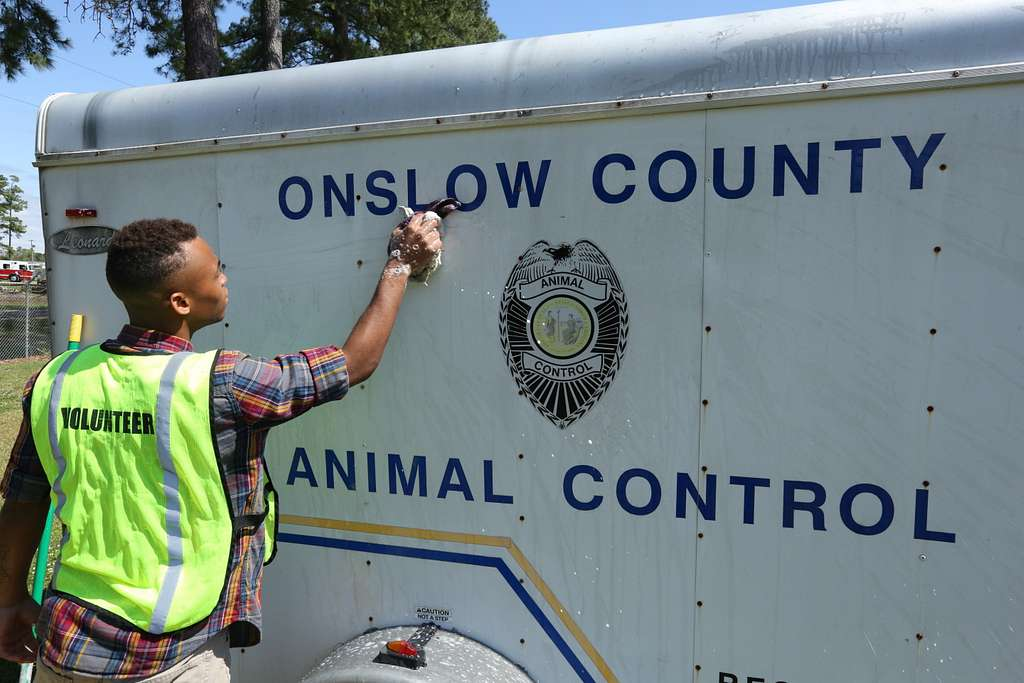
Picryl
If the coyote shows signs of aggression, illness, or unusual behavior, contact animal control or a wildlife professional. They have the tools and expertise to assess and address the situation safely. Attempting to handle the coyote yourself can be dangerous and is often illegal. Animal control can also provide advice on preventing future encounters. Reporting bold or problematic coyotes ensures the safety of both humans and wildlife. It’s a crucial step when your own efforts aren’t enough to resolve the issue.
11. Teach Kids Coyote Safety

Freerange Stock
Children may not understand the potential danger of a coyote, so teaching them about safety is vital. Explain the importance of staying calm, not running, and making loud noises to scare coyotes away. Emphasize that they should always tell an adult immediately if they see one, even if it’s just passing by. Clear, age-appropriate instructions help kids feel prepared rather than scared. Teaching wildlife safety early fosters respect for nature while ensuring they know how to react responsibly in a potential encounter.
12. Respect Their Role in Nature
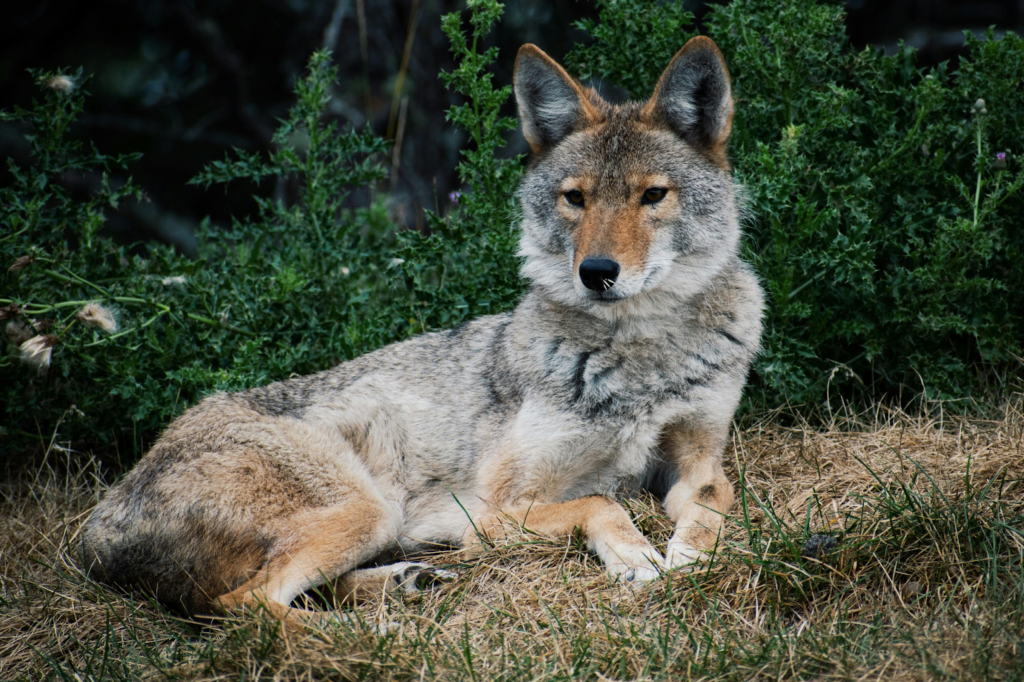
Pexels
Coyotes are integral to local ecosystems, helping to control populations of rodents and other small animals. While their presence can feel intimidating, they’re not inherently dangerous if boundaries are maintained. By managing attractants and hazing them effectively, you can discourage visits without harming the animal. Coexisting with coyotes means recognizing their ecological value while taking steps to keep human and wildlife interactions safe and respectful. Understanding their role helps reduce fear and fosters a more balanced relationship with the natural world.
Coyotes are resourceful animals, but with the right actions, you can manage their presence and protect your space. By following these 12 steps, you’ll stay safe while encouraging a peaceful coexistence with these clever creatures.


